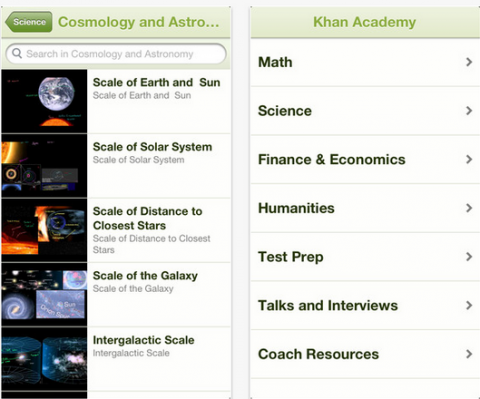When famous movie directors shoot television spots, they usually focus on the merits of a particular product: Wim Wenders and Stella Artois, Wes Anderson and the Hyundai Azera, Jean-Luc Godard and Schick aftershave. Above, you’ll see one by Joel and Ethan Coen meant not to endorse but to oppose. Premised on the notion that the name “clean coal” masks a not-especially-clean technology, “Clean Coal Clean” dishes it out against the coal industry — “the most trusted name in coal” — with a satirical pastiche of household cleaning spray commercials. I’ll say this: if any pair of filmmakers can get me to watch a video about the politics of coal, the guys behind Raising Arizona, Barton Fink, and A Serious Man can. The clip just below offers a look into the production of another “Clean Coal Clean” parody commercial, and a rare chance to see the Coen brothers at work.
Marla Dickerson in the Los Angeles Times provides background on this “latest salvo in the media battle between the coal industry and environmentalists over the role that carbon fuels should play in the United States’ energy future.” Dickerson quotes a coal spokesman on how the “the industry spent more than $50 billion since the 1970s installing pollution-control equipment and designing plants that are more efficient.” She also lays out the environmentalists’ argument: “the coal industry’s marketing campaign has left Americans with the impression that such ‘clean coal” technology already exists. Such a breakthrough has yet to be developed,” she quotes the Sierra Cub’s coal campaign director as saying, “and may never be at a cost that makes economic sense.” Of course, not even a genius auteur — not even two of them — can make up your mind on this issue. But with these spots, the Coen brothers and the Alliance for Climate Protection reiterate an invaluable point: whether about household cleaners or energy sources, never believe the hype.
Related content:
Wes Anderson’s New Commercials Sell the Hyundai Azera
Fellini’s Fantastic TV Commercials
David Lynch’s Surreal Commercials
Jean-Luc Godard’s After-Shave Commercial for Schick
Colin Marshall hosts and produces Notebook on Cities and Culture. Follow him on Twitter at @colinmarshall.


